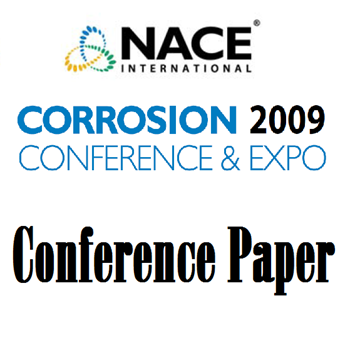Search
09248 Corrosion of 9CrODS Exposed to Supercritical Water
Also Purchased
09255 Corrosion in Super Critical CO2
Product Number:
51300-09255-SG
ISBN:
09255 2009 CP
Publication Date:
2009
$20.00
09205 Comparison of Short-Term Aqueous Solution and Test Yard Experiments Involving Corrosion Resistant Reinforcements Undergoing Chloride Exposure
Product Number:
51300-09205-SG
ISBN:
09205 2009 CP
Publication Date:
2009
$20.00
09153 Control of Metal Dusting Using Alloy Selection, Coatings and Inhibitors
Product Number:
51300-09153-SG
ISBN:
09153 2009 CP
Publication Date:
2009
$20.00
Recently viewed




